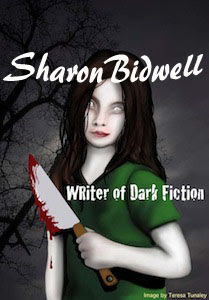We’re told beauty is in the beholder’s eye, but awful book covers exist and, for a peculiar reason, a high proportion of poor art has appeared on romance books. I’m glad to report this trend is shifting and, as with the content, many covers reflect a discerning audience; good news for writers and readers.
If you’ve not read a romance in a while, they have changed. Aside from classic literature from authors such as Bronte or Austen (my first literary introduction to a romantic heroine was Jane Eyre), most young girls of my generation had their first taste of romance in the form of a Mills and Boon’s book. At age fourteen or fifteen, this gave girls a perverse view of romance and of what men expected of women. For those that love such books, I’m not knocking them. There are many good examples and they are intended to be fantasies.
I’m referring more to a sign of the times and of how things have evolved from when I was a teenager. As a friend exclaimed there was never an erection in a Mills and Boon’s when she was young, and while I am sure that despite our feminist backbones, many women appreciate the image of a handsome man sweeping them off their feet, these days it’s more a case of mutual support. Today’s heroines are as likely to pick up a baseball bat, or gun, or sword, or high-power laser particle whangamado gadget in defence of their man should the need require they take action. Heroines and their heroes now stand together (or a hero with a hero, and a heroine with a heroine or whatever combination one wishes), as, in an ideal world, love should conquer ‘all’. In love, both parties fall at the feet of the other. Equality is the key and, even in surrender, both can stay equal.
This new era of romance crosses age, class-distinctions, social taboos, even universes, for it crosses genres. If you look for the animal in your man or woman, you will find them in the form of vamps and shape-shifters of every description. Whether you read sci-fi, fantasy, horror, or westerns, if you can think of it, likely there’s a romance to suit your tastes. These stories now contain adventure, danger, excitement, and a soupcon of erotica.
What has this to do with the cover? From the writer’s point of view, one of promotion. People often ‘do’ judge a book by its cover. What caught my attention was during an author chat someone raised the question how do authors ‘choose’ their covers. The simple answer is that they don’t, and this goes for all genres. Sometimes, an author may even face having their beloved title changed, either for better promotional purposes, or, in a case of a publisher having two books with the same title, a wish not to confuse readers; they will ask the second writer to choose another option, but I have heard cases of publishers doing so without consultation.
The same applies to book covers. many publishers will do their utmost to create something pleasing to both the author and the expected readership. Others… well, even with the best of intentions mistakes happen, and, depending on the company’s policy, the author may have no say, no comeback, not even see a preview of the work before publication, which can lead to proofreading errors that are beyond the writer’s control.
Fortunately, many reputable publishers consider their authors’ feelings. A poor cover is terrible news for everyone — the publisher wants a book to sell as much as the author does. Mostly, yes, a good cover can be a good indicator, but, making a decision purely on what the eye sees is risky. I’ve discovered treasures hiding under awful wrapping paper and some dreadful works presented with spectacular artwork.

No comments:
Post a Comment